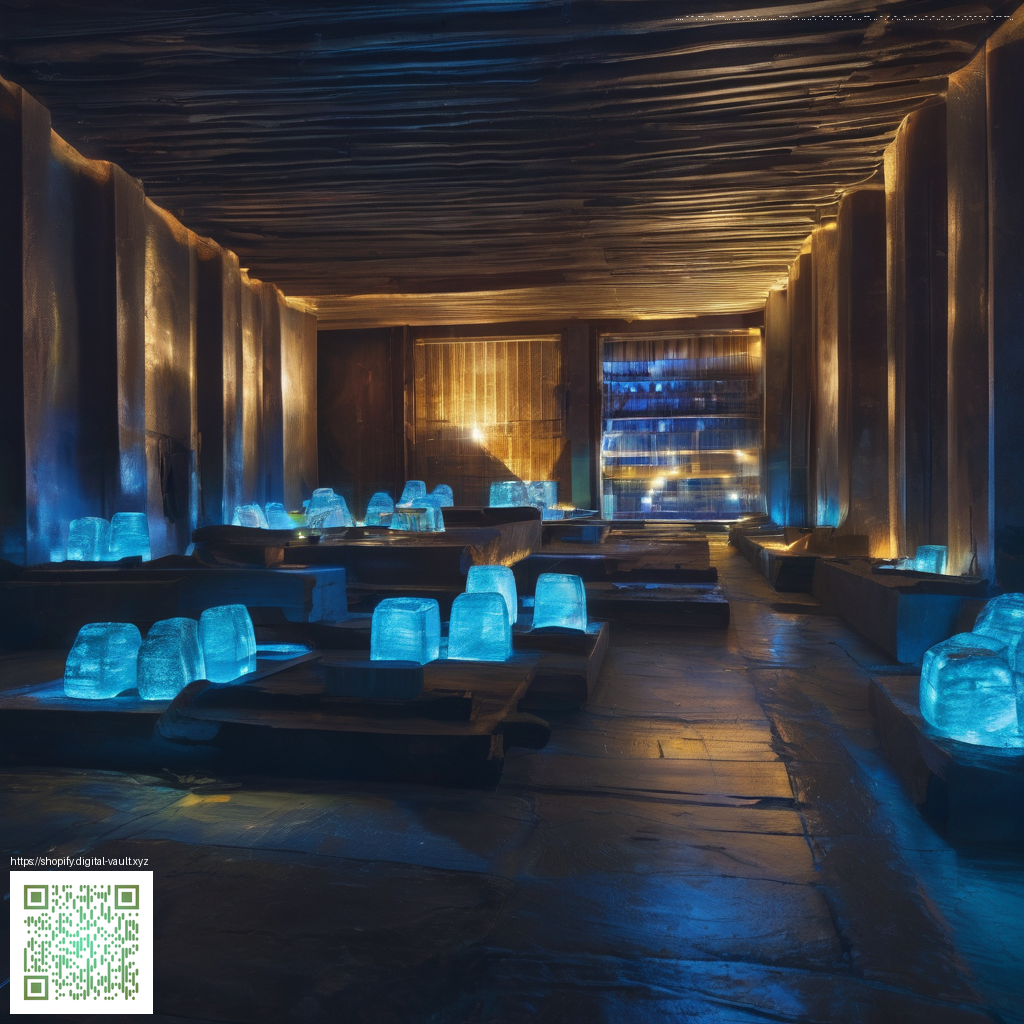
Blender’s robust shading system makes it surprisingly easy to simulate paper textures that read as tactile, believable surfaces in 3D scenes. Whether you’re building a product mockup, a book cover render, or a packaging concept, the key is to balance color, translucency, and micro-geometry so that light interacts with the surface as it would in the real world. In this guide, we’ll walk through practical techniques to craft realistic 3D paper textures right in Blender, with a focus on controllable maps, subtle imperfections, and convincing edge detail.
Understanding what makes paper feel real
Real paper isn’t perfectly flat. It has microscopic fibers, tiny color variations, and a characteristic diffuse glow when light passes through a thin sheet. The edge of a sheet often reveals slightly different shading compared to its broad surface, and torn or crumpled edges catch light in a distinct way. When you recreate these cues in Blender, you’ll achieve a surface that looks and behaves like paper under a wide range of lighting conditions.
A practical workflow you can follow
Here’s a streamlined approach that blends texture maps with principled shading for predictable results:
- Base material: Start with a Principled BSDF on a flat plane. Choose a subdued paper tone with a slight warmth to mimic everyday white or off-white sheets.
- Roughness and micro-texture: Use a dedicated roughness map to introduce micro-scale sheen variations that resemble fibers. A low-frequency texture can simulate the faint grain you see on many papers.
- Normal or bump map: Add a normal or bump map derived from a fiber texture. This gives the surface a tactile bite without changing the color, enhancing the perception of fiber direction and weave.
- Edge detail with alpha: Create a torn or curved edge using an alpha mask. Mix a second shader (e.g., a slightly darker or lighter edge) with a Transparent BSDF to simulate translucency along the edges where light bleeds through.
- Layered translucency: For very thin sheets, consider a subtle translucency (transmission) along with the alpha mask. This helps reproduce the way light diffuses through a real sheet of paper.
- Color variation: Add a subtle diffuse color variation across the sheet to mimic natural paper aging or different batches. A small, controlled color ramp driven by a noise texture creates realism without shifting the overall tone too far.
- UVs and tiling: Ensure your texture scales appropriately. Paper textures should tile cleanly across large sheets; keep seams away from focal camera angles and use a slight global rotation to avoid a mechanical look.
Tip: Realistic paper benefits from soft translucency and edge lighting. A gentle rim light around the edges helps your texture read as a physical object instead of a flat image.
Maps that make a difference
Employing the right texture maps is the difference between credible texture and a flat illusion. Consider these in your workflow:
- Base Color: A muted, slightly off-white base with faint tint variations adds depth without overpowering the scene.
- Roughness: A dedicated roughness map captures the matte surface of paper and its subtle shine in specular highlights.
- Normal/Bump: A micro-texture that encodes fibers and waviness gives the surface real tactile direction.
- Alpha: An alpha mask is essential for torn edges, curled corners, or selective transparency in thin sections.
- Displacement (optional): If you’re rendering high‑fidelity close-ups, a small displacement map can add genuine depth to the fiber weave and edge geometry.
When you deploy these textures, pay attention to lighting and camera angles. Paper shines differently under soft, diffuse light than under hard, directional light. Try a three-point lighting setup with a soft key and slightly warmer fills to bring out the fiber texture without washing out the details.
Practical tips for faster iteration
Texture work thrives on iteration. A few quick tweaks can dramatically improve believability:
- Use a non-destructive workflow: keep textures separate, and adjust roughness and normal strength without re-rendering from scratch.
- Experiment with layer weights to drive edge shadow intensity; subtle changes here create a lot of realism with minimal changes to the base shader.
- Preview in both Cycles and Eevee, but lean on Cycles for final stills to capture more accurate light transport through the paper’s thin layers.
As you explore, you might also consider how your paper texture fits into broader material storytelling. If you’re designing a product viz for a phone case or packaging concept, textures can communicate quality, weight, and tactility before a single real-world material is manufactured. For hands-on inspiration in product design workflows, you can browse examples on pages like this similar content page.
And if you’re pairing your Blender outputs with real-world accessories in your mockups, a sleek, glossy, ultra-thin phone case can complement a subtle paper texture by providing a strong specular contrast on metal or glass, helping the scene feel grounded. For a related product that designers often leverage in visual stories, you can check the Slim Lexan Phone Case for iPhone 16 Glossy Ultra-Thin, which is available on the product page here.